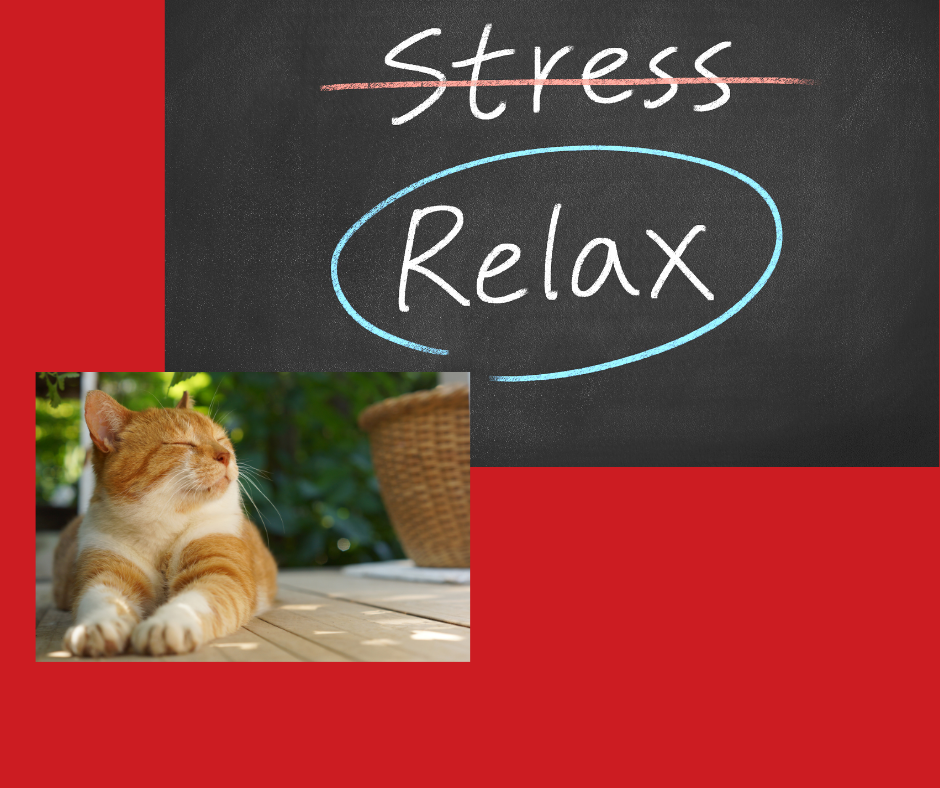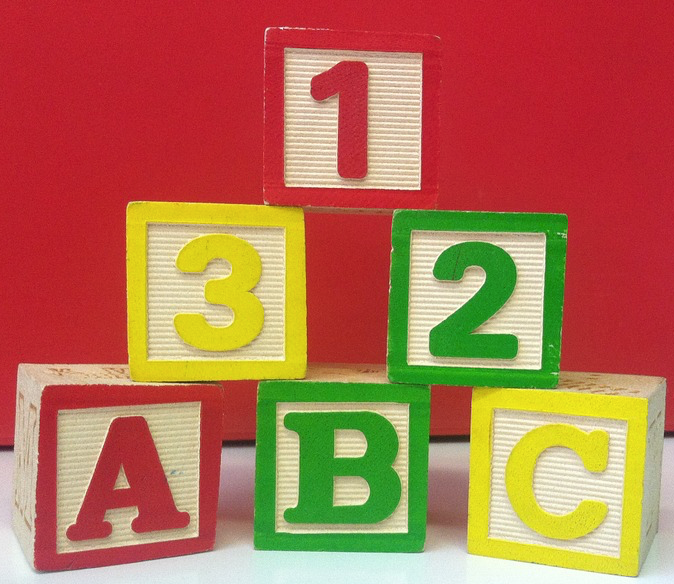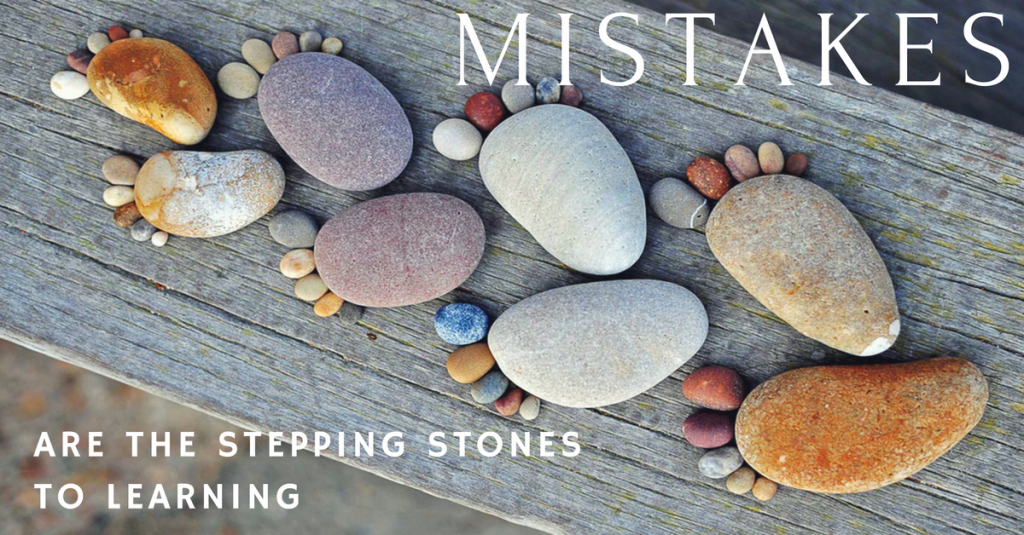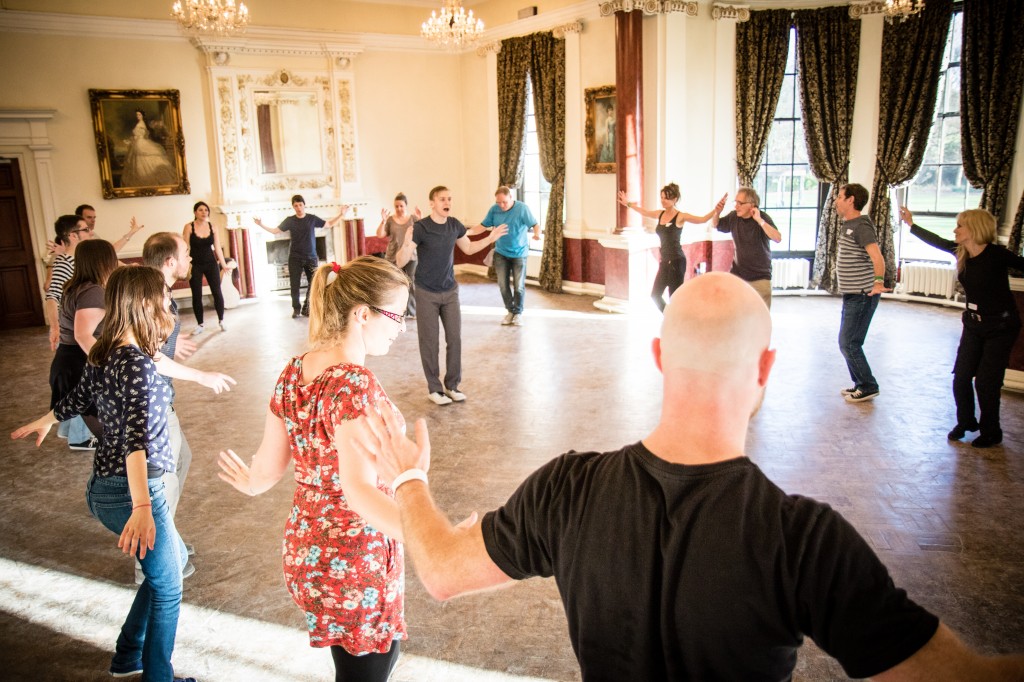 What makes a great dancer?
What makes a great dancer?
I’ll give you a hint: it’s not just about knowing a lot of moves.
Learning to dance with Lindy Jazz, and dance well, is about having a balanced set of skills. Unlike other dance styles, Lindy Hop has no defined syllabus, curriculum, national or international standardisation, medals, or exams. It’s very free and easy, and the emphasis is on enjoying the social side of dancing and going with the flow. But to get the best out of your Lindy Hop experience, it pays to learn the skills you’ll need. Lindy Hop is not just a bunch of moves.
Having lots of moves, steps, and patterns to draw from is important, but they are just some of the tools you need in your toolkit. Just having moves still might mean that you do them stiffly or you may be doing a bunch of moves that have nothing to do with the music. Or you could be doing a bunch of moves clumsily or you’re having to sit out for faster songs.
The skills you need to be a great dancer
Have a look at the worksheet I’ve put together. These are the skills that I think great dancers have, from my experience.
If you don’t know what to look out for when you watch clips of amazing dancers on YouTube, it’s easy to think ‘Oh my God, they know thousands of moves!’ but Lindy Hop is not just a bunch of moves; to dance well, we need to add another set of ingredients into the mix like:
Creativity: Those amazing dancers you see might really only have a small range of moves but they are able to change things up with variations and options, and when they trip up or make a mistake, they can fiddle their feet and it becomes a whole new move.
That’s the beauty of Lindy Hop, it’s not a set of patterns to be repeated and regurgitated so you can improvise and interpret things in your own unique way.
Great motor skills: Really good dancers have worked hard to develop excellent motor skills. They coordinate their arms, legs, head, everything. And of course, they can dance to a huge range of music, they don’t sit out because the music is too fast.
Good cardiovascular (CV) fitness and flexibility: Great CV fitness helps dancers cope with faster music and good flexibility means they can dance with ease and grace, and avoid injury.
Plenty of muscular endurance: Some dancers can dance all night at an event. They don’t seem to tire and they don’t get aches and pains. That is because they have developed good muscular endurance, either through dance or something else.
Musicality: This means being able to listen to the music, understand what’s going on, and make our moves connect with it.
In some dance styles, music is just in the background to create an atmosphere, but with Lindy Hop, music is a key component. Understanding the music is very important if you want to be an amazing dancer and get the most out of your dancing.
Social skills: Some people may know a lot of moves but nobody seems to want to dance with them. This might be because they are unresponsive to their dancing partners or just find it hard to connect to people in general. Social skills help you become a great partner who responds to, and connects with others easily.
Mindset skills: This involves training our brains so we can be fully present when we are dancing. This means not worrying about the mistakes you made last week, the moves you’re going to do next, or which song is going to come on. It’s also about being patient with yourself when you are learning and coping with new people, new technology, and new techniques.
Understanding the cultural and historical context of the dance style: If you think that Lindy Hop is just a bunch of moves, what will happen is that you might dance Lindy Hop moves to different styles of music like rock or pop. Not that there are any laws against that, it just won’t really be Lindy Hop. Remember that the music affects the way you move, so having a good understanding of where the music comes from and of the origins of the dance will make you an even more amazing dancer.
Celebrate your skillset
On the worksheet, I’d like you to rate your level of satisfaction with each area out of 10. This is not about beating yourself up!
Have a look at your skillset, think about the areas you are good at, and celebrate. Know that different people in our group have different strengths and weaknesses, and it’s all about social learning; we are learning together.
Some of us might have great flexibility but don’t know so many moves. Some of us may have a good understanding of music but we may be a little uncoordinated. But together, we have all of these 10 skills and together we make a great community, because we are dancing in harmony. We don’t have to copy or be like each other.
We have different backgrounds, different interests and preferences, and different bodies, but together we dance as a happy community. We dance to deepen our friendship and to experience our love and passion for dance together.
Happy Dancing!
Joo-Lee








